Jesus the High Priest
Jerry provides a detailed exploration of Hebrews 5:1-6, drawing connections between the Old Testament priesthood, Melchizedek, and the priesthood of Jesus. He covered various passages from both the Old and New Testaments, emphasizing the uniqueness of Jesus as the eternal High Priest according to the order of Melchizedek.
Here's a summary of the key points you've made:
Introduction and Review (Hebrews 4:11-16):
Emphasis on entering God's rest and the power of the living Word of God.
High Priesthood of Jesus (Hebrews 4:14-16):
Jesus as the great High Priest who sympathizes with human weaknesses.
Access to the throne of grace through Jesus' death and resurrection.
Comparison with Human High Priests (Hebrews 5:1-2):
Human high priests appointed to represent men before God.
Compassion due to shared human weaknesses.
Jesus' Uniqueness as High Priest (Hebrews 2:14-18, 4:15):
Jesus shares in human flesh and blood, suffering and temptation.
His sacrifice once and for all, in contrast to the repeated sacrifices of human priests.
High Priesthood according to the Order of Melchizedek (Hebrews 5:5-6):
Jesus did not glorify Himself but was appointed by God.
Reference to Psalm 110:1-7 declaring Jesus as a priest forever according to the order of Melchizedek.
Melchizedek as a Type of Christ (Genesis 14:18-20, Psalm 110:1-7):
Melchizedek's meeting with Abram after the battle.
Melchizedek as king of righteousness and king of peace.
The priesthood of Melchizedek continuing continually, unlike the Levitical priesthood.
Comparison with Aaronic Priesthood (Exodus 28:1):
Aaronic priesthood from the tribe of Levi, temporary and succeeded by descendants.
Jesus' priesthood is eternal and according to the order of Melchizedek.
Future Reign of Christ (Isaiah 9:6-7, Revelation 19:11-21):
Jesus from the tribe of Judah, the kingly line.
The future reign of Christ as depicted in Revelation 19:11-21.
-
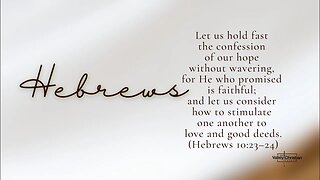 55:54
55:54
Hebrews
8 months agoJesus Christ: Apostle and High Priest of our Faith
7 -
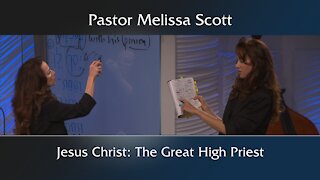 57:59
57:59
The Book of Hebrews by Pastor Melissa Scott, Ph.D.
2 years agoHebrews 7 Jesus Christ: The Great High Priest - Hebrews #62
113 -
 57:59
57:59
The Book of Hebrews by Pastor Melissa Scott, Ph.D.
1 year agoHebrews 7 Jesus Christ: The Great High Priest - Hebrews #62
65 -
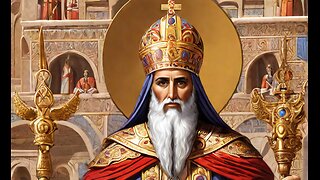 0:59
0:59
scottavitch
1 month agoMELCHIZEDEK-THE PRIEST of THE MOST HIGH #God, #Bible, #Truth, #Short, #motivation, #knowing,
34 -
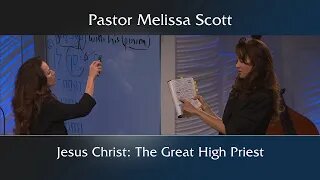 57:59
57:59
Pastor Melissa Scott, Ph.D.
1 year agoHebrews 7 Jesus Christ: The Great High Priest - Hebrews #62
60 -
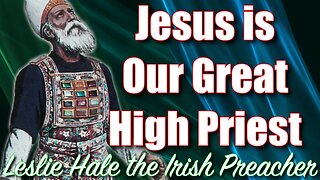 1:01:41
1:01:41
LeslieHaleTabernacleintheWilderness
1 month agoJesus is Our Great High Priest
13 -
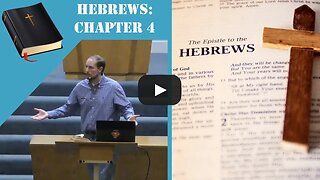 40:25
40:25
Bible Lessons
1 year agoHebrews: Ch. 4- The Great High Priest
17 -
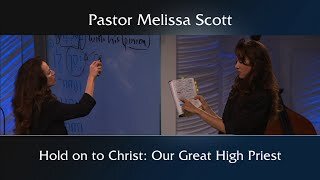 58:04
58:04
Pastor Melissa Scott, Ph.D.
1 year agoHebrews 4:14 Hold on to Christ: Our Great High Priest - Hebrews #24
41 -
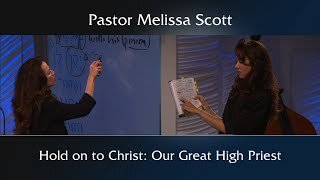 58:04
58:04
Pastor Melissa Scott, Ph.D.
1 year agoHebrews 4:14 Hold on to Christ: Our Great High Priest - Hebrews #24
29 -
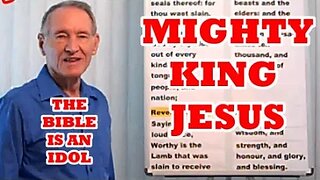 10:29
10:29
BIBLE is Mark of BEAST
1 year agoMighty King Jesus
12